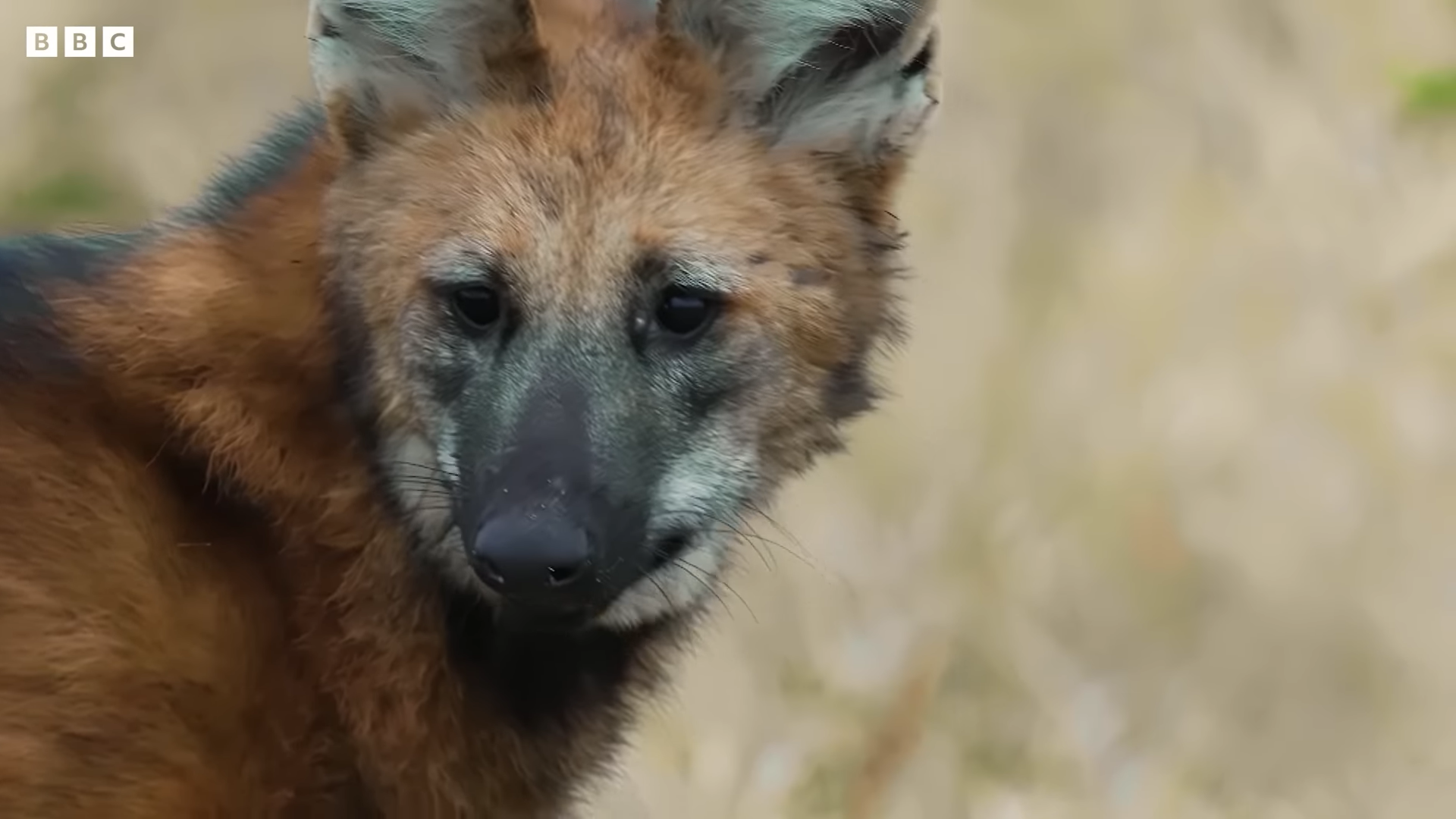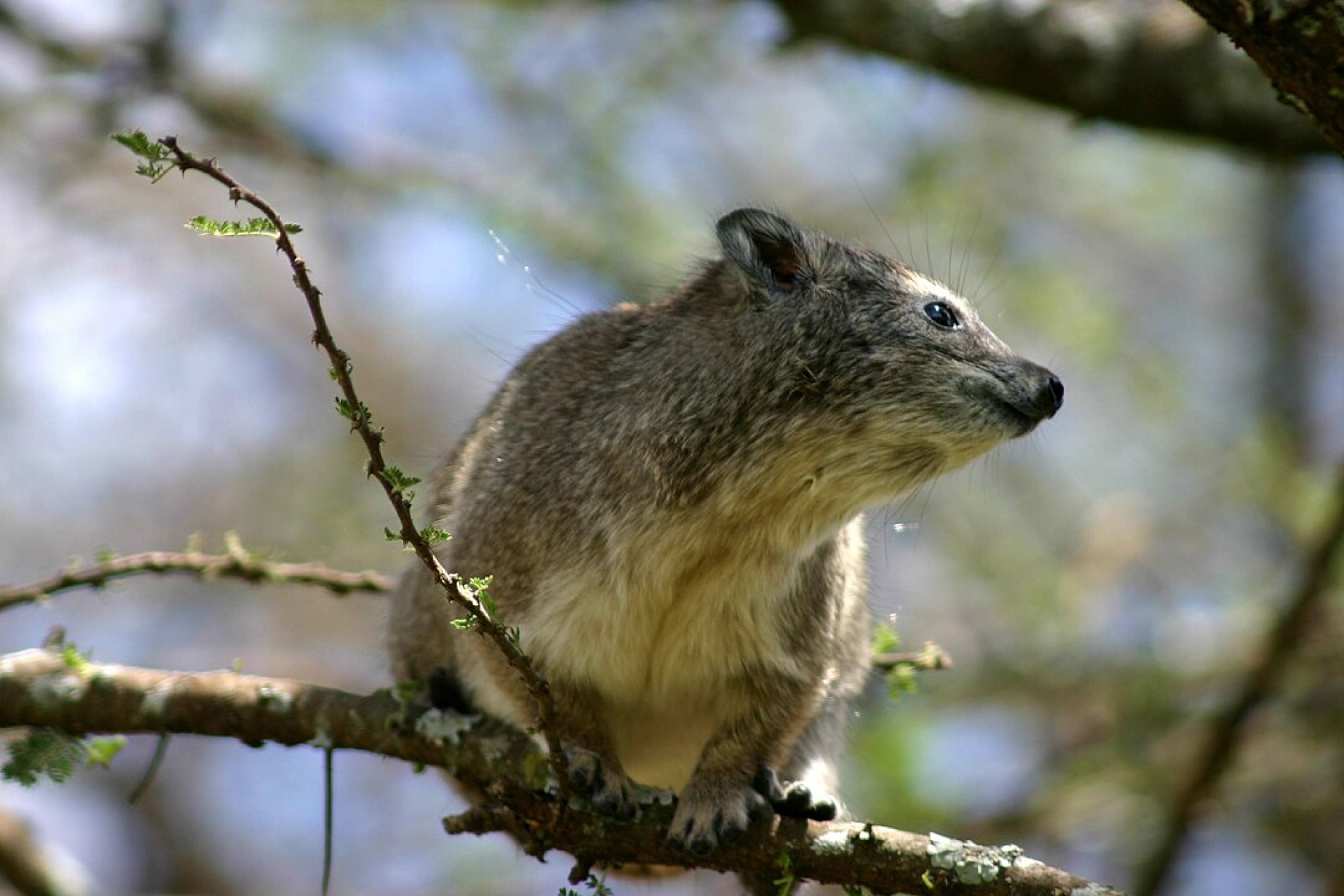The Pantanal is an incredibly wilderness, however, the Paraguay river is planned to be turned into a water way and build ports. I have included 2 videos for you to look at (depending on how much time you have). The video above is around 4 minutes, while the below is a full documentary 50 minutes.
Continue reading “Plans to turn the Pantanal into a waterway, will destroy this wilderness”How did the wolf disappear from Holland and why is it back

The wolf disappeared from Holland around 1870, though their decline was rapid – in 1760 (just over 100 years before) people in Brabant talked of a wolf plague). In 2015, the wolf was first sighted in Holland, and while some people had said that Holland was to densly populated to allow the wolf to return, this seemed to be wrong. Wolves have returned to many of the countries around Holland, and so it seems quite odd to think that it wasn’t considered that they would cross into Holland.
In 2022, there were thought to be 4 packs of wolves (including 16 pups) as well as an individual wolf. This number has, however, grown fast in the time since, and the current number is thought to be 9 packs. What is even more exciting, it is predicted that the country can support between 23 and 56 wolf packs at a minimum – which as a wolf pack contains 6-7 wolves on average, means a total population of between 138 and 392. It should be noted, that this number is not likely to remain genetically healthy into the long-term, however Germany has a wolf population of over 1000, and while these are mostly based in the East of the country, wolves disperse great distances, so it is likely that genetic material will arrive naturally, relatively regularly. There is also a founding (if small) population of wolves in Belgium, thought to number between 15 and 24 (it is also predicted to grow by 30% a year.
There is a problem, the Hoge-Velue is one of Hollands biggest reserves, but it is owned privately. They have decided that wolves are not welcome, and are making efforts to kill those that get through their fence. This is because, without the wolf, deer are easily seen within the reserve, and they believe that the number of tourists will dry up, if it becomes hard to see the red deer, as well as the roe deer and boar.
I find this attitude rather baffling and perverse. Furthermore, when we were there last year, we spent time in the government owned reserve, which borders the Hoge-Velue, this is government owned, and wolves have settled here. I spent a number of nights within the reserve in a hide. I did not get to see a wolf (though I met a local who had a wide range of fantastic shots he had taken over the previous years), but while watching and waiting in the hide, I saw red and roe deer, as well as wild boar, in significant numbers. The idea that someone would believe that the amount of tourism visiting after wolves return would decrease, seems quite contrary to what usually happens elsewhere.
Wolves are a part of Hollands animal food web, and while it is likely to take some time to get used to living with them present once again, it is going to allow the whole ecosystem to thrive. I feel frustrated, that in the UK, we do not have a similar situation, where wolves can simply wander across an unmarked border. I do believe that in the end, wolves will return to the UK (our food web is horrifically out of balance because of a lack of predators), however, on the last occasion that it was debated, numbers from a very specific country were used to block any further discussion (Click here to read a previous article on this subject, or visit the wolf page here to get a complete list of all occasions that they have been mentioned on this site)

 Found in the West Indies, northern South America (including the Galápagos Islands) and the Yucatan Peninsula. It was considered cospecifc with the greater flamingo, but they are now recognized as separate species (it is also closely related to the Chilean flamingo).
Found in the West Indies, northern South America (including the Galápagos Islands) and the Yucatan Peninsula. It was considered cospecifc with the greater flamingo, but they are now recognized as separate species (it is also closely related to the Chilean flamingo).  of South America, it is in the same genus as the James Flamingo. Indeed, the Chilean Andea and James flamingo often share nesting sites and are relatively closely related.
of South America, it is in the same genus as the James Flamingo. Indeed, the Chilean Andea and James flamingo often share nesting sites and are relatively closely related. the American and greater flamingo, it is listed as near threatened in the wild with a wild population of about 200,000. Population declines are due to habitat loss and degradation, harvesting and
the American and greater flamingo, it is listed as near threatened in the wild with a wild population of about 200,000. Population declines are due to habitat loss and degradation, harvesting and 





 Southern tree hyrax It is found in temperate forests, subtropical or tropical dry forests, subtropical or tropical moist lowland forests, subtropical or tropical moist montane forests, moist savanna, and rocky areas.
Southern tree hyrax It is found in temperate forests, subtropical or tropical dry forests, subtropical or tropical moist lowland forests, subtropical or tropical moist montane forests, moist savanna, and rocky areas.

 Western tree hyrax, also known as the western tree dassie or Beecroft tree hyrax
Western tree hyrax, also known as the western tree dassie or Beecroft tree hyrax Rock or cape hyrax has 5 recognized subspecies, again, unsurprising given its vast range. Generally having a hide within a natural rock cavity, Rock hyraxes are social animals that live in colonies of up to 50 individuals. They sleep in one group, and start the day, warming up in the sun
Rock or cape hyrax has 5 recognized subspecies, again, unsurprising given its vast range. Generally having a hide within a natural rock cavity, Rock hyraxes are social animals that live in colonies of up to 50 individuals. They sleep in one group, and start the day, warming up in the sun Eastern tree hyrax is the most localized of the tree hyrax species, only found in places within a narrow band of lowland and montane forests in
Eastern tree hyrax is the most localized of the tree hyrax species, only found in places within a narrow band of lowland and montane forests in 









